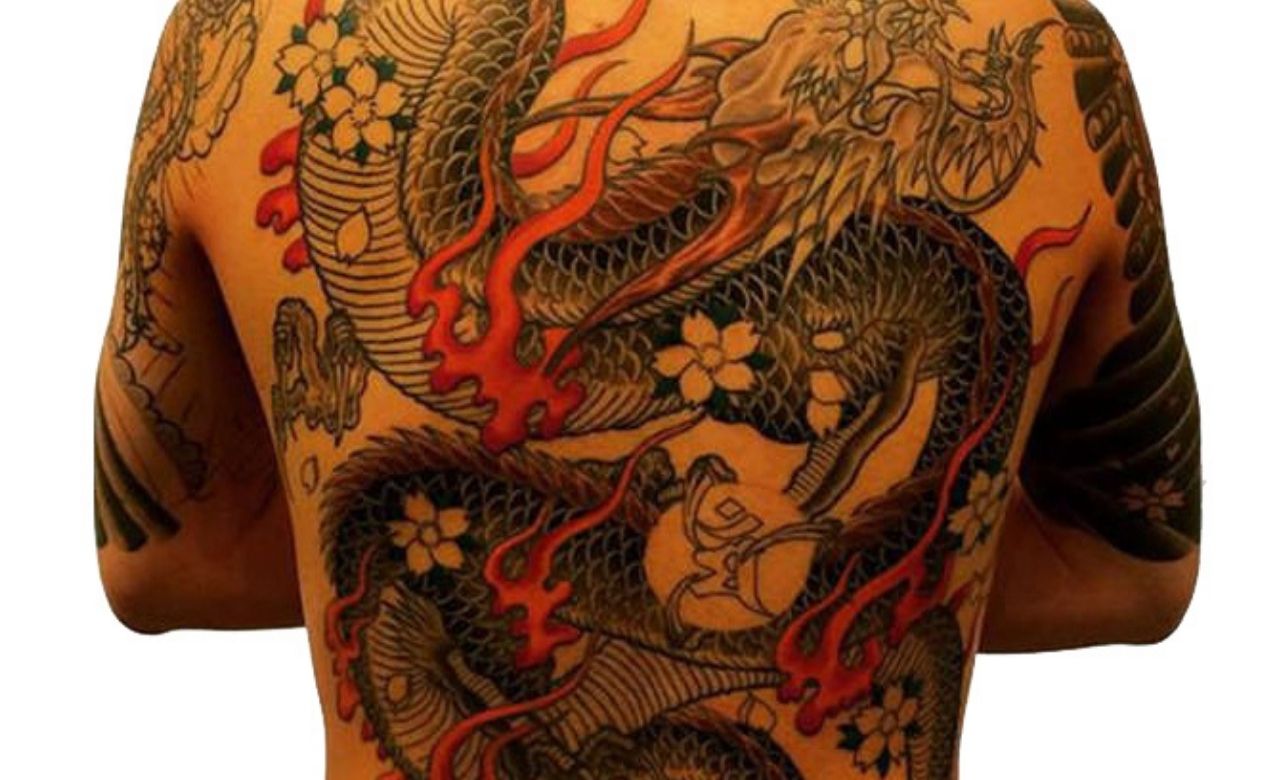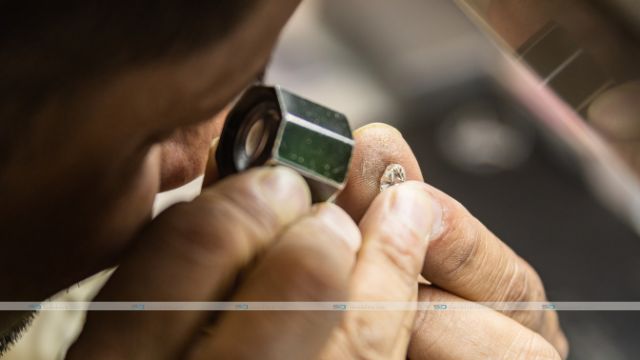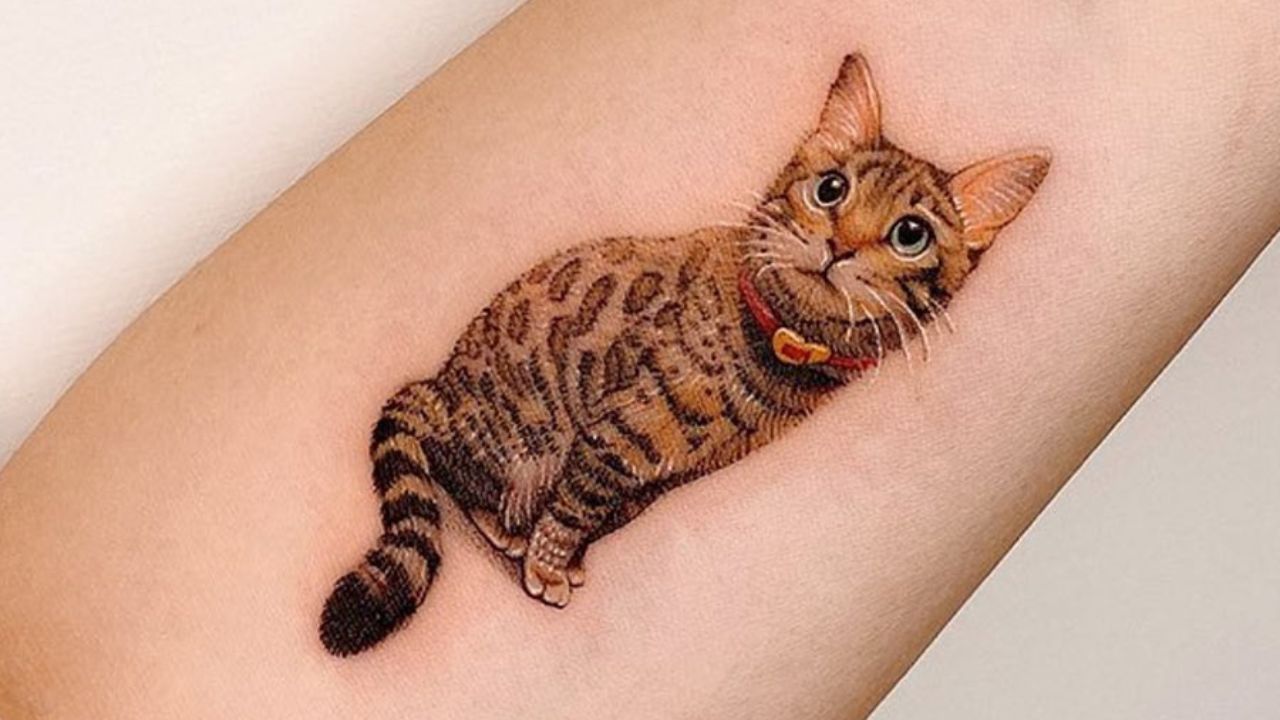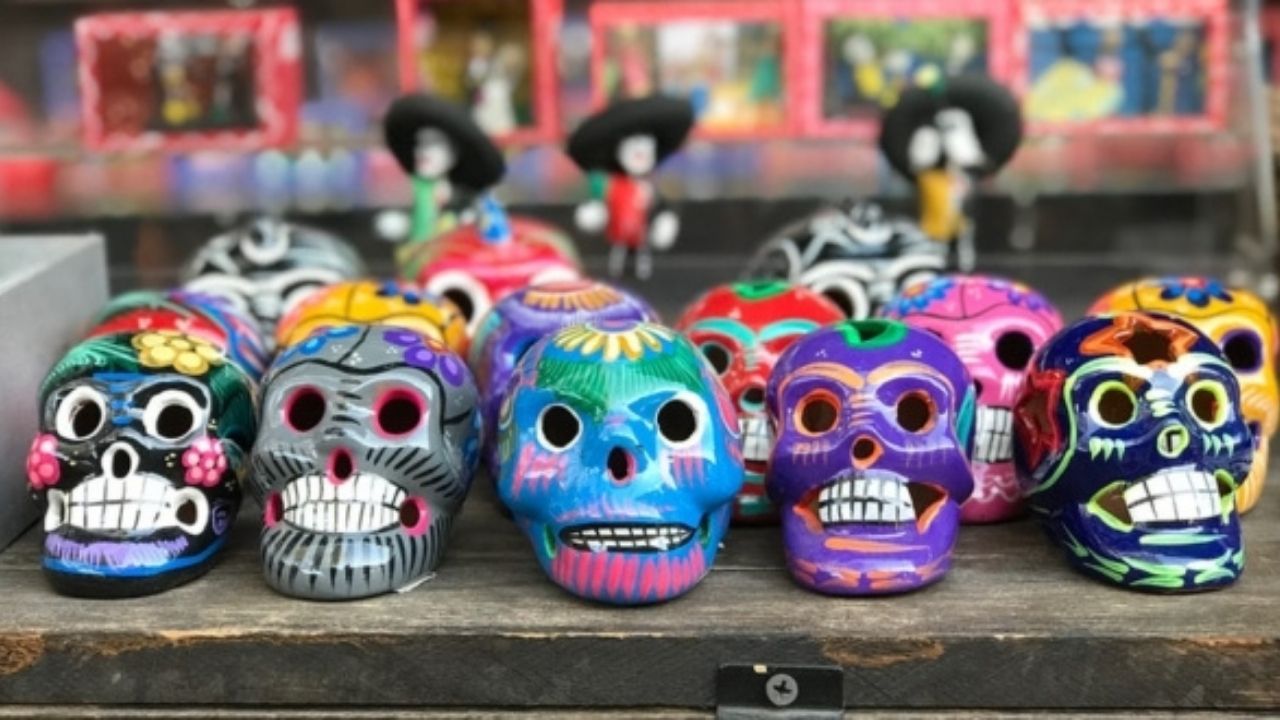Japanese tattoos are numerous familiar and easily recognizable as popular tattoo styles go. However, the imagery used in Japanese tattoos is distinct, featuring a blend of cultural significance and detailed line work.
There are few more suitable choices than Japanese tattoos for those skimming to count a piece of work to their current pack of tattoos that stands out as elaborate and symbolic.
Recognizing Japanese Tattoos
Japanese tattoos are among the oldest techniques of tattoos. The origin of Japanese tattooing traverses back nearly 5,000 years ago. Specifically, the statement of Japanese tattooing can be found in an ancient Mandarin text known as Wei Chih from around 297 AD. This text mentions that men of all ages would have tattoos on all parts of their bodies, sometimes even their faces. These tattoos were viewed as expressive folk art but quickly perceived as holding other connotations.
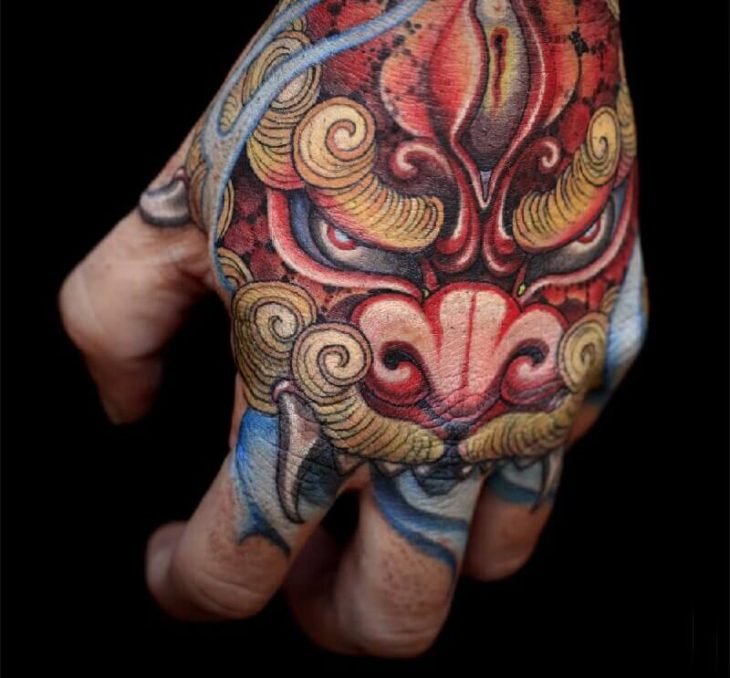
Japanese Tattoo Colors
There are some pretty black and grey tattoos in the mix; contrasting colors create classic Japanese imagery pop. So you’ll see all sorts of pinks, oranges, turquoises, and bright blues, often against black backdrops for an extra hint of drama.
- White: White is a prevalent color in Japan’s culture and a trendy color for cars! Opposite to the US, where black is the chosen color for last rites, white passes away in Japan. It also symbolizes purity and truth.
- Black: Black can be a color of mourning in Japan, but only when used with white. Some sympathy gifts will be tied with a black and white ribbon to show sympathy. Being a color of mystery, it is a perfect color to Japan’s underground tattoo culture and complicated history with the art of tattoos.
- Red: Red is an actual color in Japan. It is usually integrated into merry events like weddings, birthdays, and new year’s eve, signifying happiness and joy. Red is the color of the essential fluid. It embodies passion and vitality. Moreover, it is said to deliver protection.
- Blue: Blue is a blessed color in Japan and the color of choice for job interview outfits. Many corporate workers wear blue. It symbolizes fidelity and could display your dedication to your work.
- Green: Because so multiple things in nature are green, in Japan, it is a color that symbolizes life, youth, energy, and concern for the earth. Green tea is also famous in Japan comprehended for its health benefits.
- Purple: Purple is a regal shade in Japan and elsewhere. It used to be a challenging and expensive color to produce- it was reserved for the ruling class. So celebrate your royalty and mix a little aubergine or lavender into your Japanese tattoo design.
Conclusion
Japanese tattoos come in a mix of black-and-gray and colors, although there are a variety of Japanese tattoos that ultimately come in black-and-gray. The popular motifs featured in Japanese tattoos are geishas, dragons, Koi fish tattoos, samurai tattoos, and tiger tattoos.

